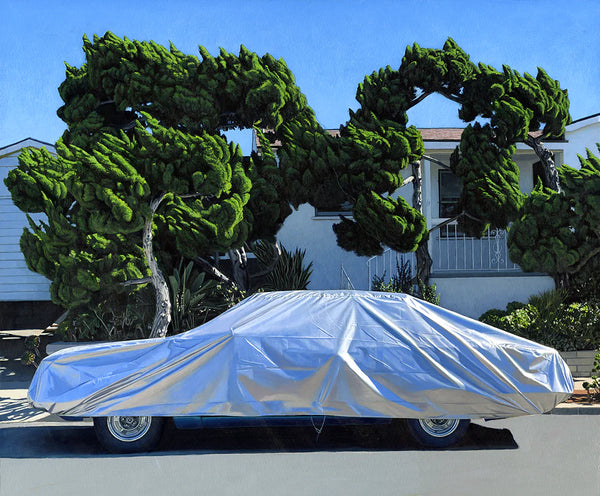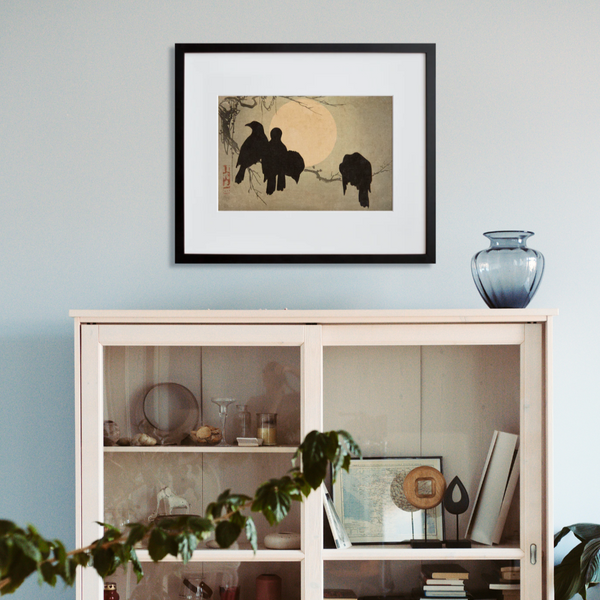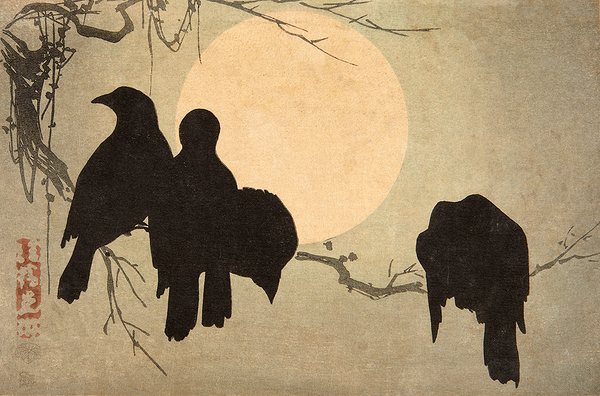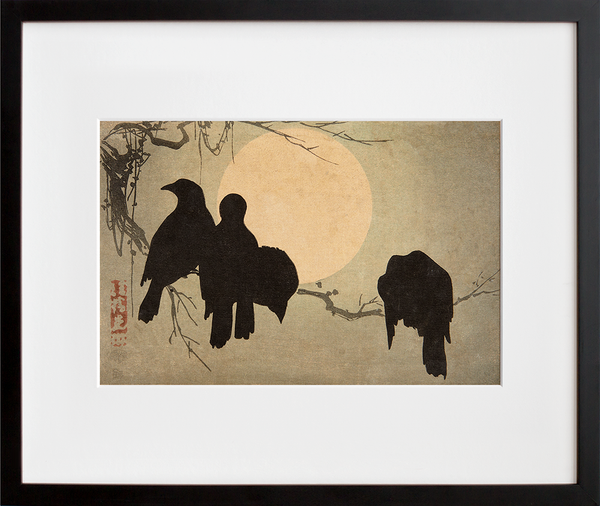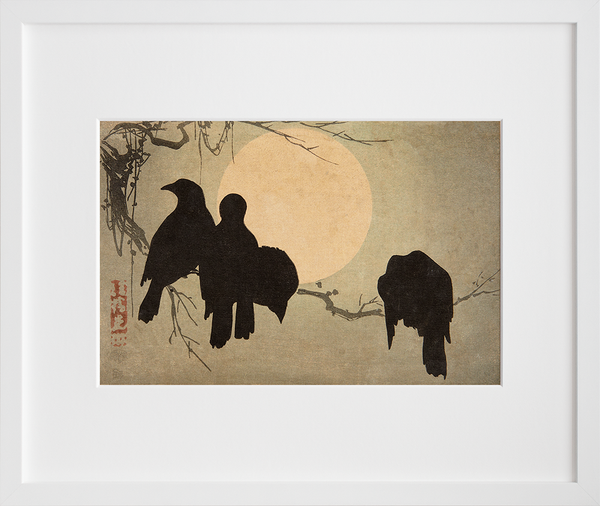This store requires javascript to be enabled for some features to work correctly.
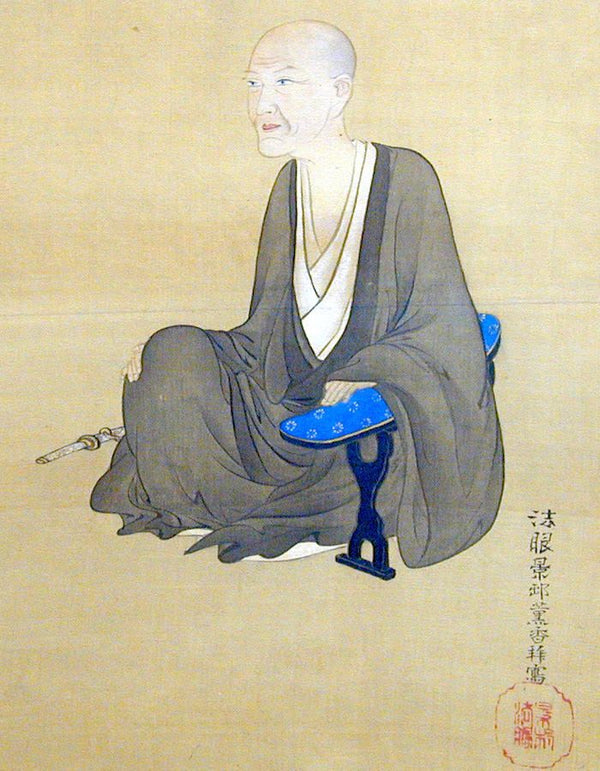
Sakai Hoitsu
Sakai Hoitsu is regarded as one of the masters of the Rinpa school, based on the work of Ogata Korin. Born in 1761 to the lord of Himeji Castle, Hoitsu lived in Edo (now Tokyo) until 1780, when he moved to Kyoto to study painting. He studied many styles—Kano, ukiyo-e, Maruyama, and manga—until he settled on the Rinpa school. In 1797, citing poor health, he became a Buddhist monk with the Nishihongan Temple. While there, Hoitsu studied the works of Ogata Korin and his brother, Ogata Kenzan, working on reproducing a number of their works. Their work represented a shift, moving away from photo realism toward simple, bold forms. Hoitsu’s reproductions and original artworks helped revive this decorative style, making Ogata Korin a major influence even after his death. In addition to his work as a revivalist, Hoitsu became an accomplished painter and haiku poet in his own right before his death in 1829.
Join our mailing list for 15% off
Sign up for our newsletter to get first access to new editions, catch the freshest commentary + features, and snag a special discount.


